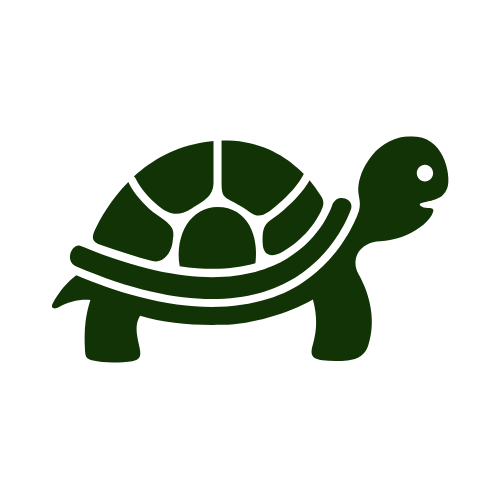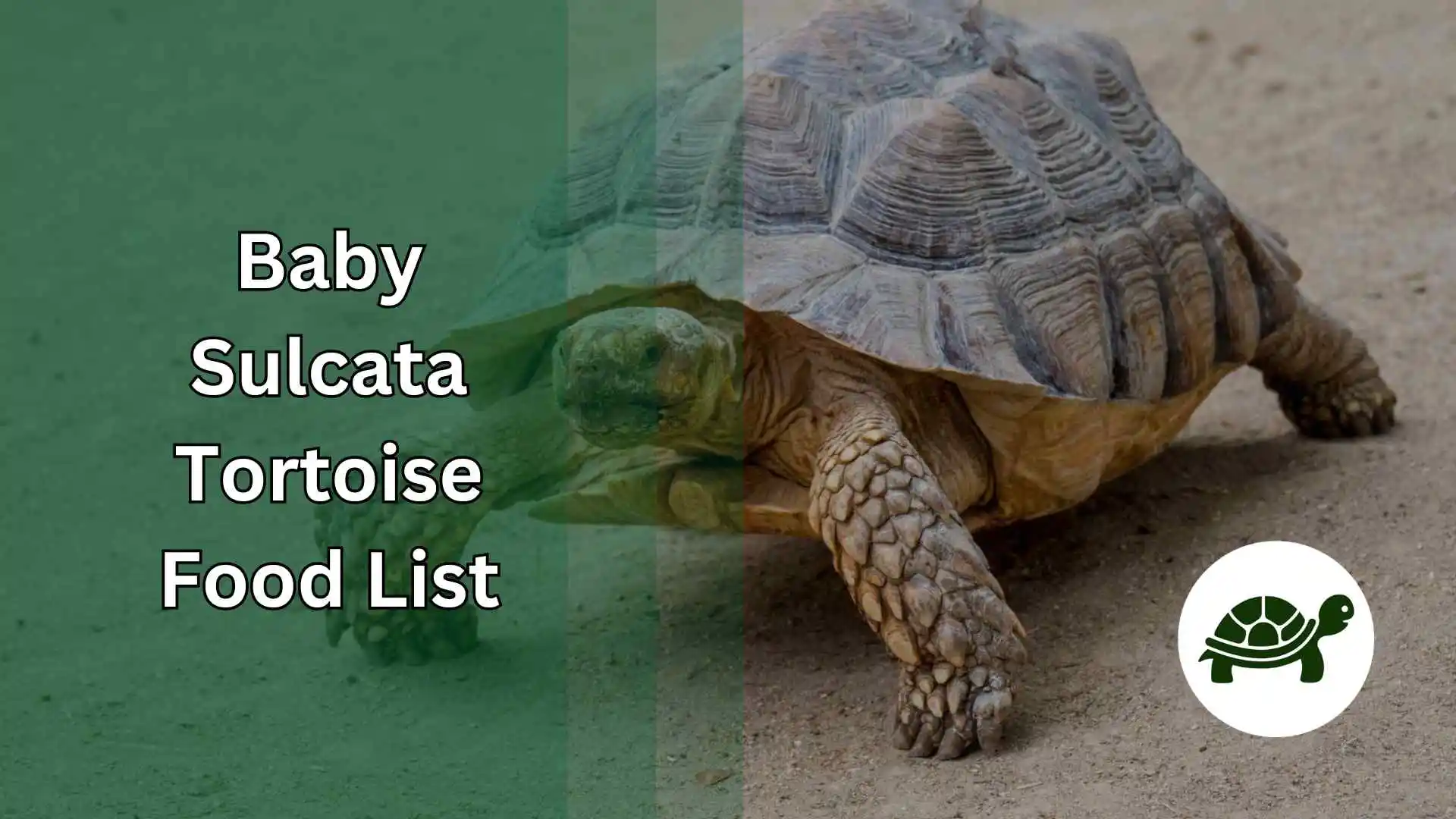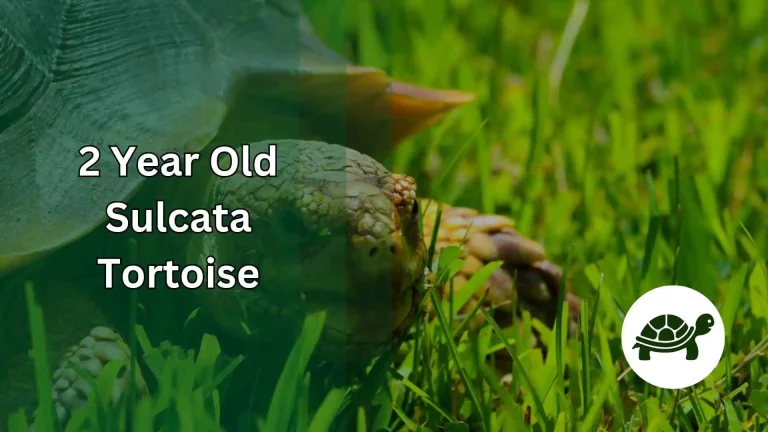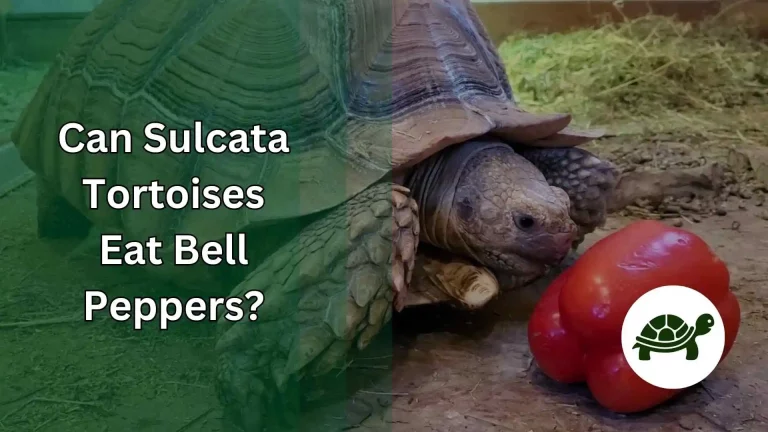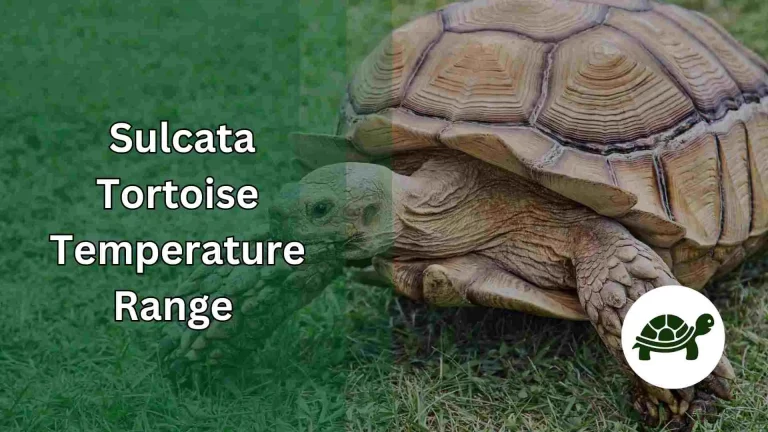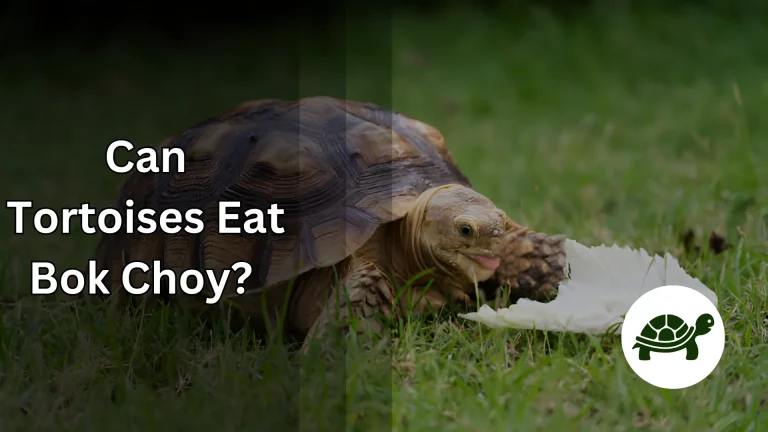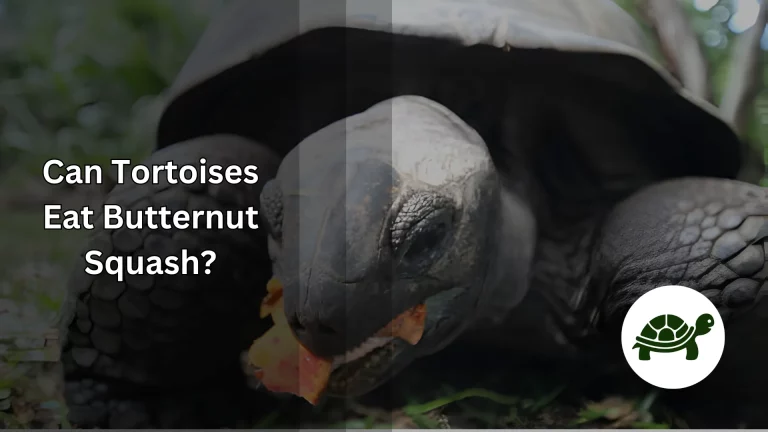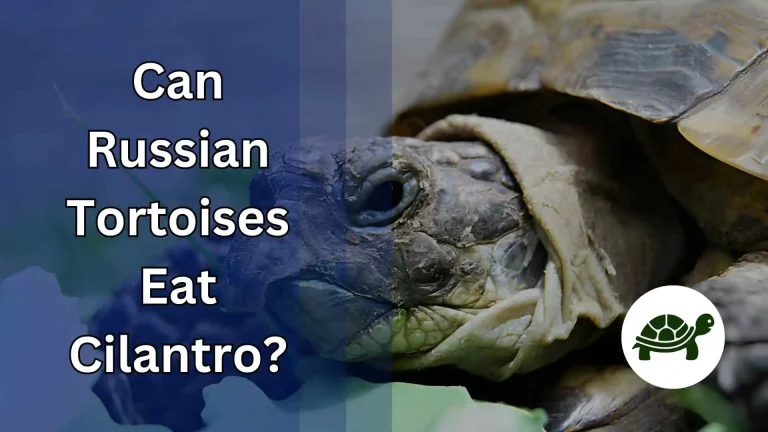Baby Sulcata Tortoise Food List – An Ultimate Guide
Welcome to the ultimate guide on feeding your Baby Sulcata Tortoise—the right way! If you’re a proud new owner or a seasoned reptile enthusiast, you already know that Sulcatas are fascinating creatures. Proper feeding is crucial, especially during these formative years, to ensure your little friend grows up healthy and happy.
Did you know that baby Sulcatas have specific dietary needs that differ from their adult counterparts? Understanding these needs can be the difference between a thriving and a struggling pet. In this guide, we’ll dive deep into the essential foods, supplements, and feeding schedules tailored just for baby Sulcatas.
Whether you’re uncertain about leafy greens or confused about calcium supplements, we’ve got you covered. Stick around to discover a comprehensive Baby Sulcata Tortoise Food List that will take the guesswork out of mealtime and set your tortoise on the path to optimal health.
Why Proper Nutrition is Important?
So you’ve got your baby Sulcata Tortoise and you’re eager to provide the best care. But why is proper nutrition such a big deal? Simply put, a balanced diet is the cornerstone of your tortoise’s health, growth, and longevity. Getting it right during these early stages can prevent numerous health risks down the line, from metabolic bone disease to obesity.
In the wild, Sulcatas have a diet that’s rich in fiber and low in fats and proteins. They’ve adapted to thrive on certain nutrients that promote robust shell growth and general well-being. Without the right balance of calcium, vitamins, and other essential nutrients, your baby Sulcata may experience slow growth, shell deformities, and even digestive issues.
Understanding the nutritional needs of your baby Sulcata Tortoise isn’t just responsible pet ownership; it’s an investment in their long-term health and happiness. So let’s delve into the specifics: from the types of food they should eat to the supplements they may need, we’re here to guide you through each essential aspect of feeding your baby Sulcata.
Natural Habitat Diet
What Sulcata Tortoises Eat in the Wild: A Closer Look
Understanding the native diet of the Sulcata Tortoise can offer invaluable guidance when planning meals for your captive pet. Originating from the semi-arid landscapes of sub-Saharan Africa, Sulcatas have evolved to subsist on foods that are easily accessible in their natural environment.
Grasses
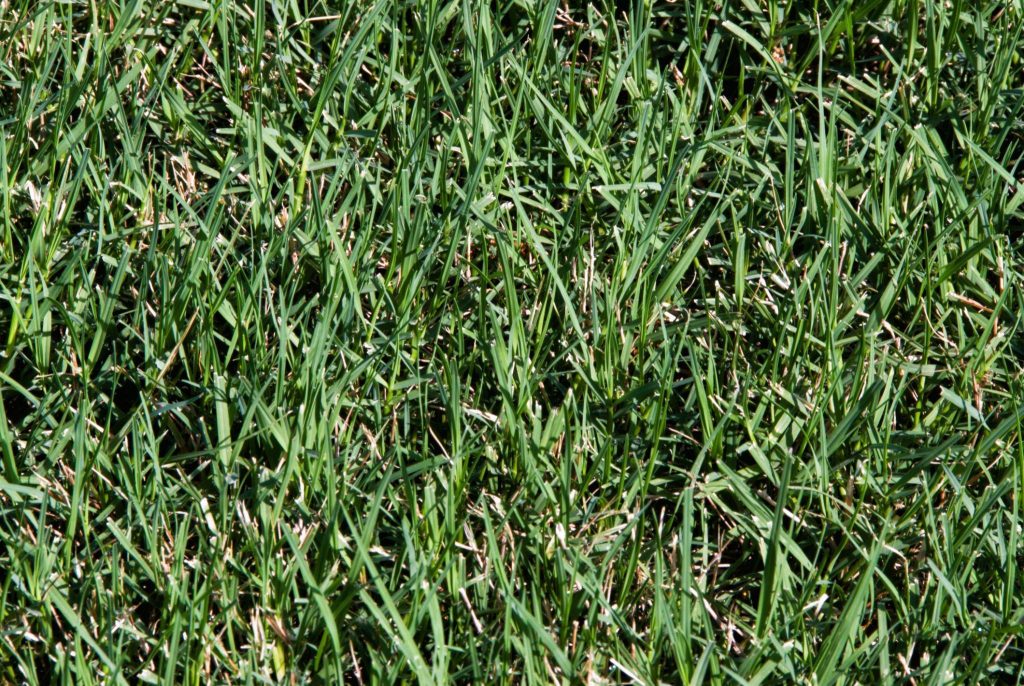
Grasses are the cornerstone of the Sulcata Tortoise’s diet in the wild. They feed extensively on native grass varieties such as Bermuda grass and Sudan grass. These grasses are high in fiber and low in protein, helping to maintain a well-functioning digestive system.
Leaves and Weeds
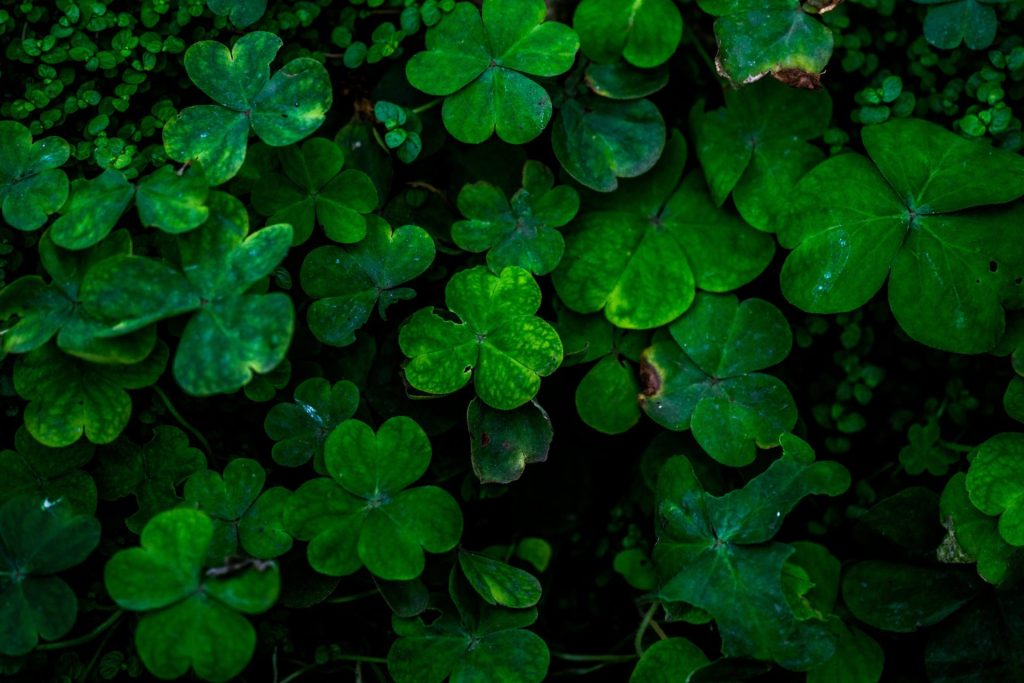
In addition to grasses, Sulcatas often forage for leaves and weeds. Plants like dandelion, clover, and even cactus leaves make it into their diet. These add a variety of nutrients and textures, which contribute to a balanced diet.
Seasonal Treats
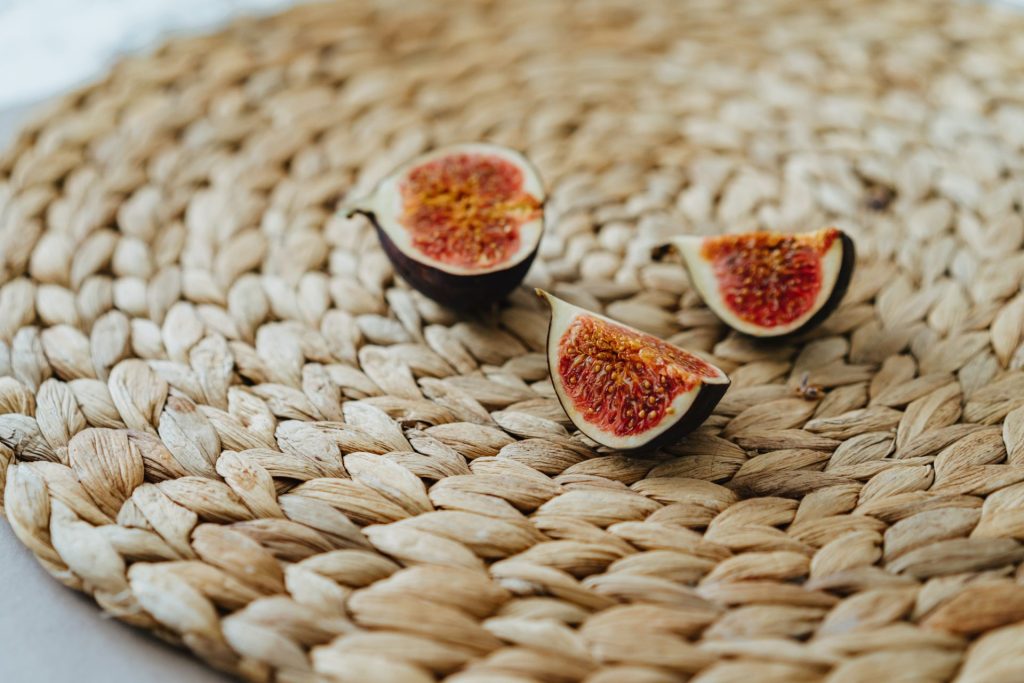
Sulcata Tortoises will also partake in seasonal fruits and flowers when available. However, these are not a significant part of their diet and are consumed sparingly. Wild fruits and flowers are less sugary than their cultivated counterparts, making them a suitable occasional treat. Fruits like figs, baobab fruit, and native berries are consumed in moderation. As for flowers, they may nibble on hibiscus, dandelion blossoms, and other native blooms.
Soil and Minerals
Interestingly, Sulcatas in the wild have been observed consuming soil and even bones. This peculiar behavior is believed to help them intake essential minerals like calcium, which may not be readily available in their plant-based diet.
By mirroring this natural diet as closely as possible, you’re taking an essential step toward maintaining your Sulcata’s health and happiness. And while we can’t perfectly mimic the conditions of the African savannah, this information provides a solid blueprint for a balanced and nutritionally sound diet for your baby Sulcata Tortoise.
Types of Food for Baby Sulcata
So, you’re geared up and ready to offer the best nutrition for your baby Sulcata Tortoise. Great! Let’s dive into the types of food that should make it onto their plate. Unlike other pets, Sulcatas are not too picky, but they do have specific needs that are crucial for their well-being.
1. Leafy Greens
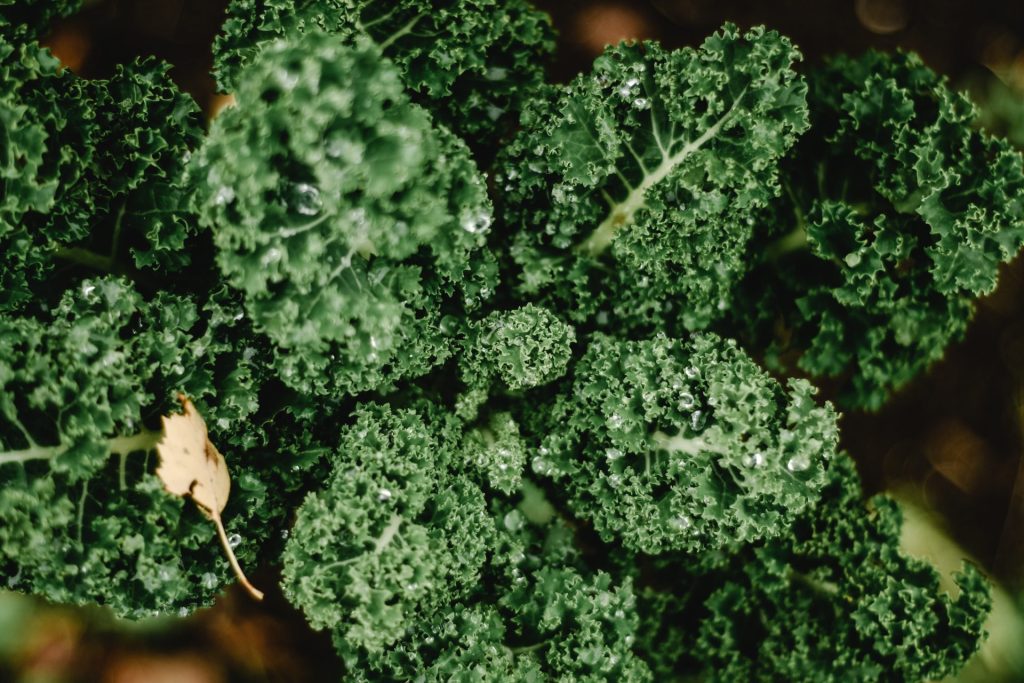
Kale, collard greens, and dandelion greens are your go-to options. These leafy greens are high in essential vitamins and fiber, making them an ideal choice for daily feeding. Just make sure to rinse them thoroughly before serving to remove any pesticides or chemicals.
2. Flowers and Plants
Floral delights like hibiscus and clover are not just visually appealing but also packed with nutrients. Aloe Vera is another great addition, offering both hydration and nutritional benefits.
3. Fruits (Occasional Treats)
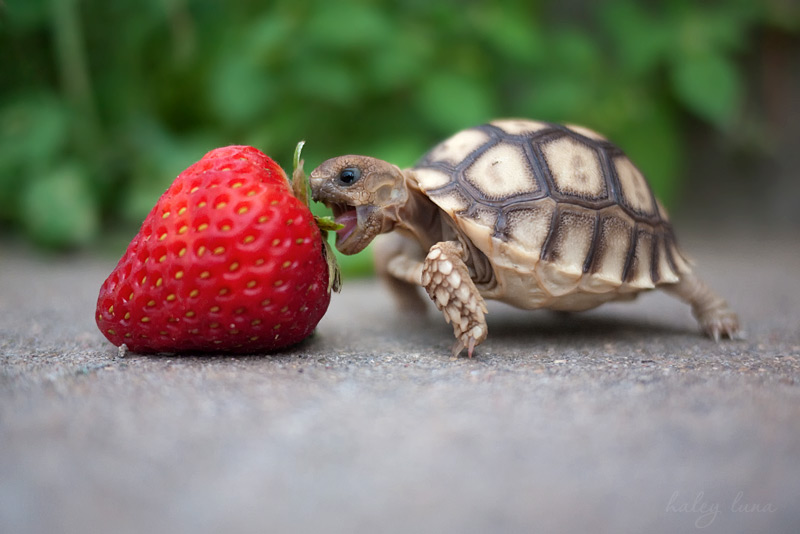
Fruits like watermelon and apple can be offered as occasional treats. Remember, fruits should make up a very small part of their diet. Too much sugar is a no-no!
While variety is the spice of life, consistency is key when it comes to feeding your baby Sulcata. These recommended foods offer a balanced mix of vitamins, minerals, and fiber, ensuring that your little friend grows up strong and healthy.
Foods to Avoid
You’ve got the must-haves down, but what about the no-gos? Believe it or not, there are certain foods that can be harmful to your baby Sulcata Tortoise, and avoiding these is just as crucial as providing the right diet. Let’s shed some light on what should never make it onto your tortoise’s plate.
Iceberg Lettuce
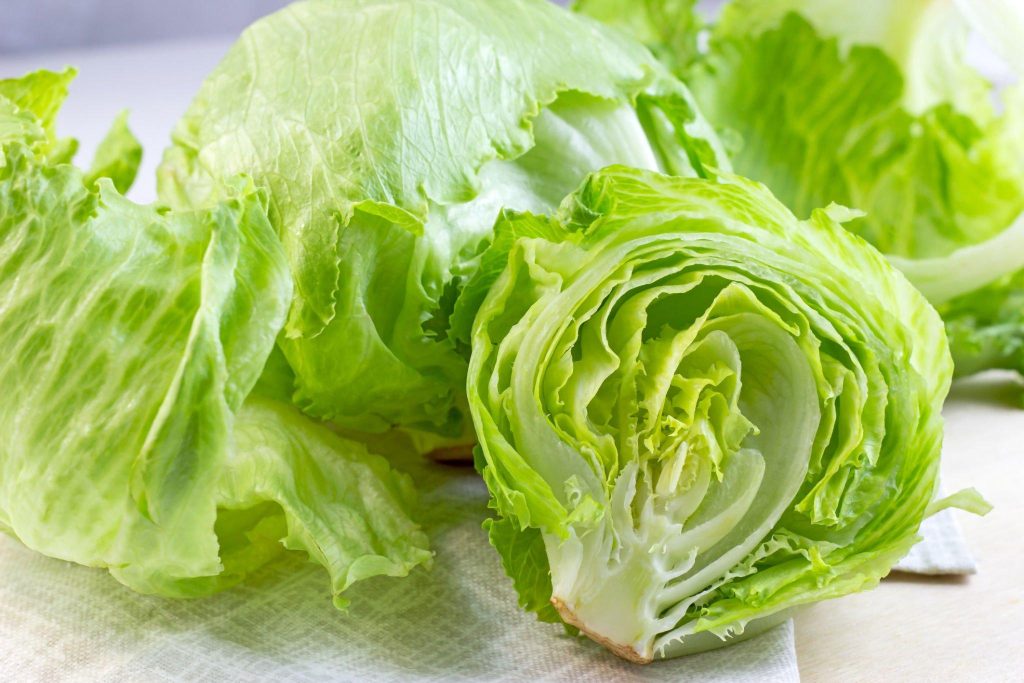
While it may seem harmless, iceberg lettuce is a big no-no. It’s mainly water and lacks the essential nutrients your Sulcata needs. Plus, it can cause diarrhea, leading to dehydration.
Citrus Fruits
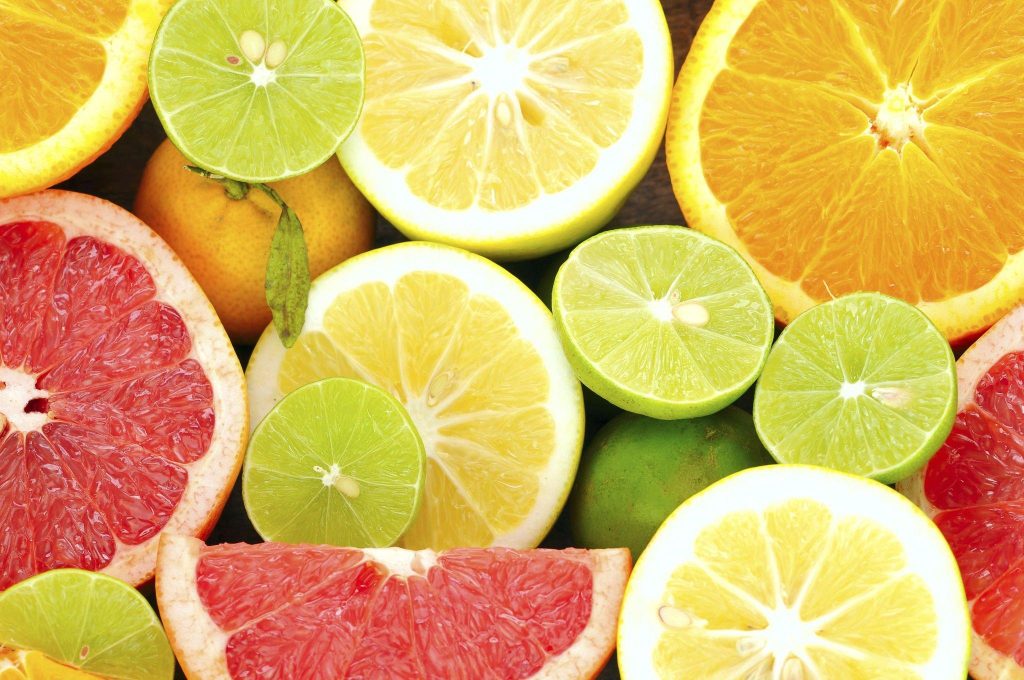
Oranges, lemons, and other citrus fruits are too acidic for your baby Sulcata. These can disrupt their digestive system and lead to nutritional imbalances.
High Protein Foods
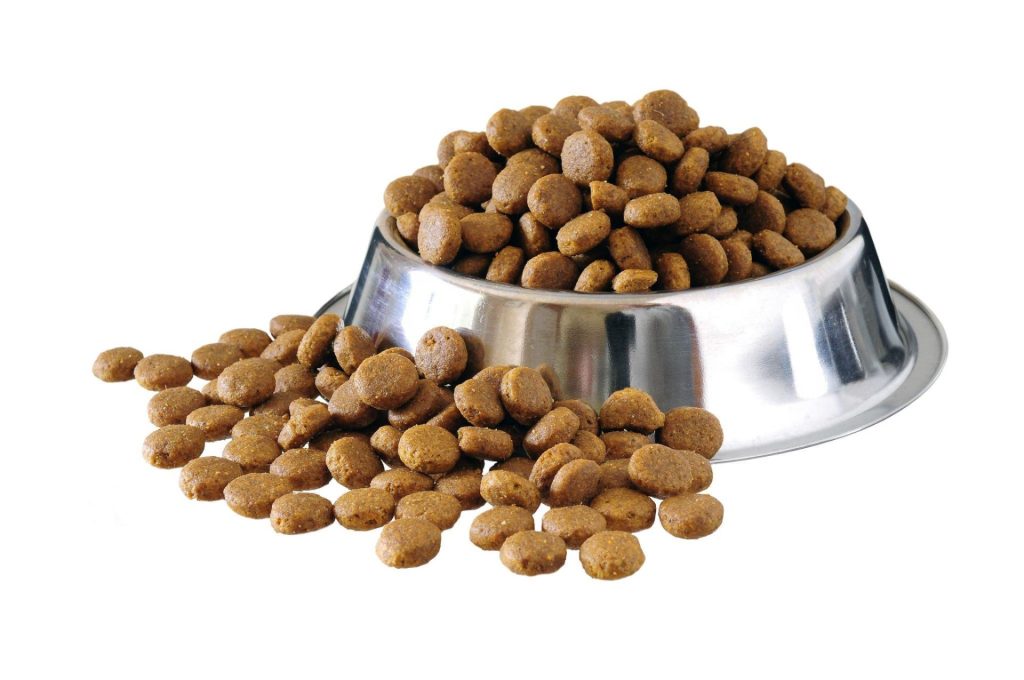
Foods like dog food, cat food, or meat products should be avoided at all costs. Sulcatas are not designed to digest high levels of protein, and this can lead to kidney issues and shell deformities.
Avoiding harmful foods is just as important as offering the right ones. The last thing you want is to compromise your pet’s health through a well-intended but poorly chosen meal. By steering clear of these foods, you’re one step closer to ensuring a long, healthy life for your baby Sulcata Tortoise.
You’ve got the right foods, and you know what to avoid. The next question is, when and how often should you feed your baby Sulcata? A structured feeding schedule can make a world of difference in your pet’s overall well-being. Let’s break it down.
Feeding Schedule for Baby Sulcata
Daily Feeding
For baby Sulcatas under one year old, daily feeding is recommended. A mix of leafy greens, high-fiber plants, and occasional fruits should be on the menu. Provide fresh food in the morning to mimic their natural eating habits.
Portion Size
How much to feed is often a common query. A good rule of thumb is to offer an amount that’s roughly the size of your tortoise’s shell. This ensures they get enough to eat without overindulging.
Keeping a consistent feeding schedule not only helps your baby Sulcata thrive but also makes life easier for you as a pet owner. Remember, moderation and timing are key. Your little friend relies on you for their nutritional balance, so let’s make every mealtime a step toward a healthier, happier life.
Supplements
So, you’ve got the basic diet down, but what about the extras? Supplements can play a critical role in filling the nutritional gaps that a basic diet may leave. When it comes to baby Sulcatas, there are two main supplements you should consider: calcium and vitamins.
Calcium Supplements
Calcium is vital for healthy shell and bone development. While leafy greens provide some calcium, a supplement can ensure your baby Sulcata gets enough. You can use a calcium powder, lightly sprinkling it over their food once or twice a week.
Vitamin Supplements
Vitamin D3 is essential for calcium absorption, but too much can be harmful. If your Sulcata doesn’t get enough natural sunlight, a vitamin D3 supplement can be beneficial. Always consult your vet before adding any new supplements to your pet’s diet.
How to Administer
Mixing supplements into food is the most effective way to ensure your Sulcata ingests them. But be cautious—over-supplementing can lead to health problems, so less is often more.
Navigating the world of supplements can be tricky, but with the right information, it becomes a lot easier. Remember, supplements are not a replacement for a balanced diet; they’re an enhancement to make sure your baby Sulcata Tortoise grows up strong and healthy.
Hydration
When discussing the diet of a baby Sulcata Tortoise, it’s easy to overlook one essential component—hydration. Just like humans, Sulcatas need adequate water for optimal health. While they hail from arid regions, providing regular access to water is critical for your pet’s well-being.
Water Dish
Ensure that a shallow water dish is always available in your tortoise’s enclosure. The dish should be shallow enough so that your baby Sulcata can easily step in and out. This encourages natural drinking behavior.
Soaking
In addition to a water dish, consider giving your baby Sulcata a shallow soak once or twice a week. This not only aids in hydration but also helps with shedding and overall cleanliness.
Signs of Dehydration
Watch out for symptoms like dry skin, sunken eyes, and decreased urination. These can be warning signs that your tortoise is not properly hydrated. If you notice any of these symptoms, consult a veterinarian immediately.
Hydration is more than just an afterthought; it’s a critical aspect of your baby Sulcata’s overall health. By making sure water is readily available and by being vigilant about signs of dehydration, you’re setting your pet on a path to a healthy and happy life.
Common Mistakes in Feeding Baby Sulcatas
As enthusiastic Sulcata owners, we all want the best for our shelled friends. But even with the best intentions, it’s easy to make mistakes. Let’s take a moment to discuss some common feeding errors you’ll want to avoid to keep your baby Sulcata in top shape.
Overfeeding
More is not always better. Overfeeding can lead to rapid growth, which may cause shell deformities and other health issues. Stick to a consistent feeding schedule and portion sizes.
Reliance on Store-Bought Food
While convenient, store-bought tortoise pellets often lack the essential nutrients and fiber your baby Sulcata needs. These should not replace fresh, natural foods.
Ignoring Hydration
Water isn’t just for drinking. A lack of proper hydration can lead to digestive issues and an unhappy tortoise. Always provide a clean, shallow water dish and consider regular soaking.
Overuse of Supplements
Yes, supplements are helpful, but they can also be harmful in excess. Too much calcium or vitamin D3 can lead to health issues, so moderation is key.
Avoiding these common mistakes can make a significant difference in your pet’s health and happiness. After all, a well-fed Sulcata is a happy Sulcata, and who doesn’t want that?
FAQs
You’ve got questions, and we’ve got answers! As you embark on the rewarding journey of raising a baby Sulcata Tortoise, it’s natural to have queries. Here are some frequently asked questions that can offer quick insights into your tortoise care regimen.
1. How Often Should I Feed My Baby Sulcata?
For baby Sulcatas under one year old, daily feeding is generally recommended. As they grow older, you can adjust the frequency based on their needs and veterinary advice.
2. Can I Feed My Sulcata Vegetables?
While leafy greens should be the staple, some vegetables like bell peppers and squash can be included occasionally for variety. However, avoid starchy vegetables like potatoes.
3. Is Tap Water Safe for My Sulcata?
Tap water can contain chlorine and other chemicals, so it’s best to use dechlorinated water or let tap water sit out for 24 hours before offering it to your tortoise.
4. What Are the Signs of Nutritional Deficiency?
Lack of energy, poor shell development, and decreased appetite are indicators that your Sulcata might not be getting the nutrients it needs. If you suspect a deficiency, consult a vet immediately.
5. Can I Feed My Sulcata Human Food?
Generally, human food, especially processed foods, should be avoided. Stick to natural, high-fiber foods that mimic their natural diet.
Your baby Sulcata’s health and happiness are in your hands, and the more you know, the better you can care for them. If you have more questions, don’t hesitate to consult a veterinarian specialized in reptile care.
Conclusion
As we wrap up this comprehensive guide on feeding your baby Sulcata Tortoise, it’s clear that proper nutrition is a blend of the right foods, timing, and supplements. Your tortoise relies on you for their well-being, and by sticking to a balanced diet, you’re setting the stage for a long, healthy, and happy life.
Feeding mistakes happen, and that’s okay! What’s crucial is your willingness to learn and adjust. Always pay attention to your Sulcata’s behavior and physical condition as these are the best indicators of their overall health.
If you ever find yourself in doubt, don’t hesitate to consult a qualified veterinarian. After all, when it comes to the health of your shelled family member, it’s always better to be safe than sorry.
